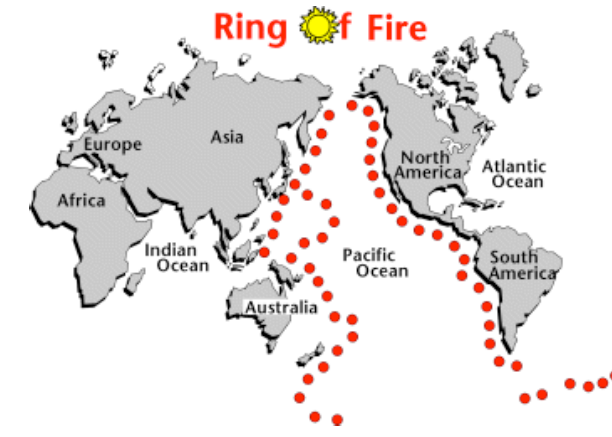APPLICATIONS
Industrial processes
Most of New Zealand’s
geothermal energy goes to produce electricity, but it can be used for any
processes where heat is required. The main non-electrical user is the Tasman
Pulp and Paper Mill at Kawerau, which was built in 1957 and deliberately sited
to take advantage of the underlying geothermal field. The heat is used for
digesting wood pulp, drying timber and paper, and generating electricity.
Geothermal prawn farming
The world’s only geothermally heated
prawn farm was established in 1987 on the banks of the Waikato River, next to
the Wairākei power station. The first prawns were imported from Malaysia in
1988, and by 2005 the 5.8-hectare farm was producing about 20 tonnes per year.
The farm heats its own water with heat exchangers, which draw heat from the
power station’s waste water before it flows back into the Waikato River.
This is a good example
of what is known as ‘cascade use’, where geothermal heat has a function past
its primary purpose. Cascading improves the overall efficiency of a resource by
using its waste products. In the case of the prawn farm, cascading also reduces
the discharge of hot water into the river, where it can harm aquatic life.
Horticulture
Geothermal waters are
used for heating greenhouses on a small scale (covering 10 hectares in total),
especially for the commercial, out-of-season production of vegetables, flowers
and fruit. This includes a large greenhouse (0.8 hectares) for growing orchids
for export, and another set up to grow capsicums with heat from the Kawerau
geothermal field.
Geothermal Energy in Infrastructure &
Electricity
Electricity Generator
§ Flashed Steam Plants — The water
“flash” boils and the steam is used to turn turbines.
§ Dry Steam Plants — These plants rely
on the natural steam that comes from the underground reservoirs to generate
electricity.
§ Binary Power Plants — These plants use
the water to heat a “secondary liquid” which vaporizes and turns the turbines.
The vaporized liquid is then condensed and reused.
§ Hybrid Power Plants — In these plants,
binary and flash techniques are utilized simultaneously.
PROS AND CONTRAS
Pros
Sustainable and Renewable
-The hot water we use will be replaced
by rain.
-The heat inside the earth will always
be there.
-More heat is made every day in the
Earth’s core.
-Independent of weather.
* Hence The heat
from within Earth is in no danger of running
out.
Geothermal Energy is Cheap
-Geothermal energy is cheap – new
power plants can make electricity for
about the same as coal
power plants.
Geothermal Energy is Clean
- No fuel is burned, so there is no
air pollution.
- The steam is turned into water and put back into the
earth.
Contras
· Not widespread source of energy.
· —High installation costs.
· —Water can be corrosive to plant pipes, equipment
o If water not replaced back into
reservoir, subsidence can occur.
· —Some high mineral / metal wastewater and solid waste is
produced.
· —Smelly gasses – H2S, Ammonia, Boron.
· —Release of steam and hot water can be noisy.




